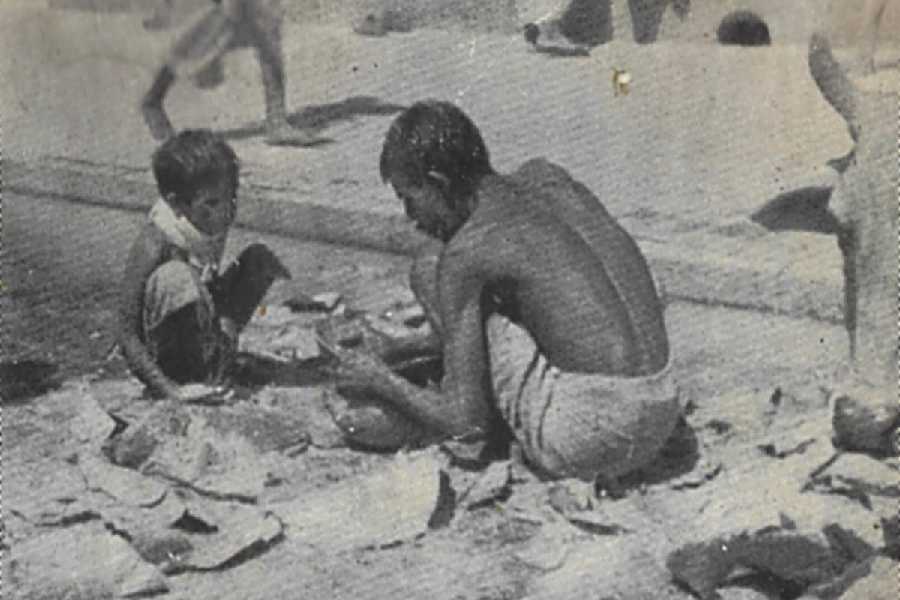In the aftermath of the Great Bengal Famine of 1770, the textile-makers were among the most affected. Figures available for this date suggest how severely the famine affected the rearers of silkworms, which grew on mulberry plants. The famine affected cotton growers severely, too.
Growing mulberry plants was expensive. According to figures available from Proceedings of the Controlling Council of Revenue at Murshidabad, as quoted by Rajat Datta in Subsistence crises and economic history: A study of eighteenth-century, the difference in cost between growing rice and mulberries was considerable: “under the most favourable circumstance mulberry will cost the Husbandman five or six, and often from ten to fifteen rupees per bigha”, whereas the cultivation cost of rice was “not above one, two or at best three rupees a bigha”.
Datta says evidence from Malda and Purnea suggests that between half and one-third of those who died in the famine were spinners and weavers.
He adds that there was an “incredible mortality” among the chassars (silkworm rearers) of Rajshahi during the famine. The chassars had no money to buy food at famine-point prices.
For suggestions on dates/events mail us at: yesterdate@abp.in











